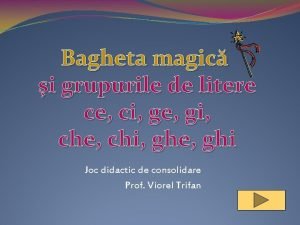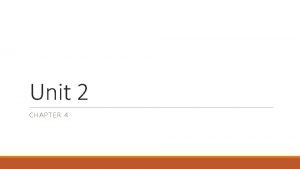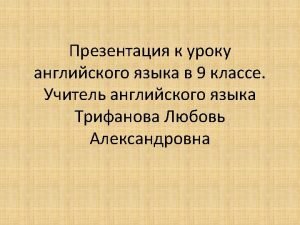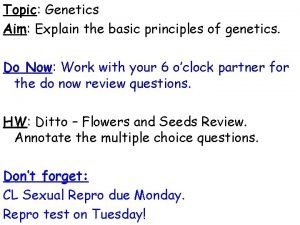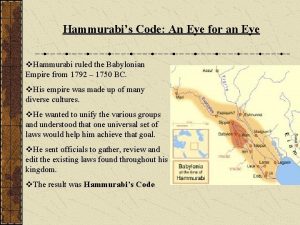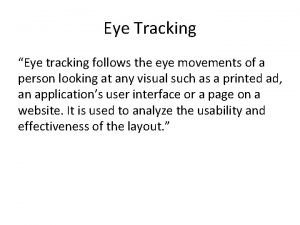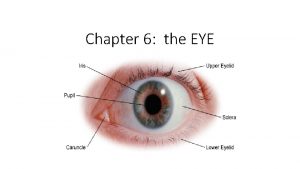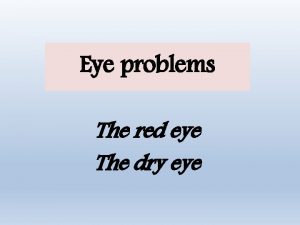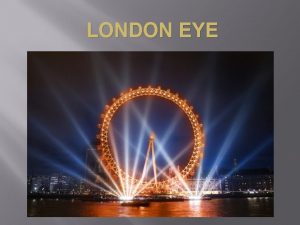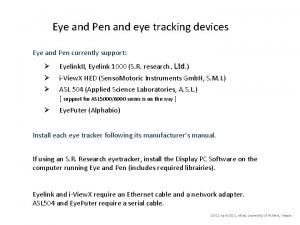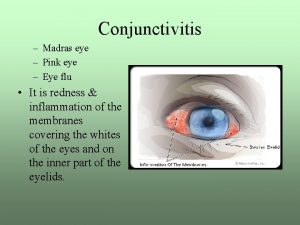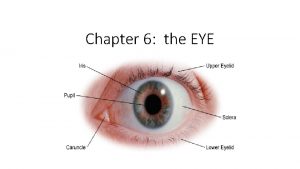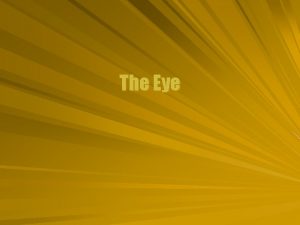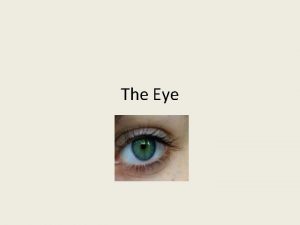The Magicians Eye The Magicians Eye These activities












- Slides: 12

The Magician’s Eye

The Magician’s Eye These activities • use graphics to help form visual memory links without the interference of Literacy barriers • support pupils in developing some common linguistic structures • Link a teaching activity with an assessment activity

I can see … I think….

I can see … I think….

I can see … I think….

Ask for help I can see … Describe Question I think….


Other sample images



Using picture card and matching word cards Speaking games with cards: 1. Turn over picture cards and say the word 2. Turn over word cards and say them 3. Turn over words cards and spell 4. Turn over picture cards – say and spell 5. (Pelmanism) Find a pair and say the word 6. In pairs: say the names against the clock 7. In a group – each say if you like thing on the picture / which is your favourite 8. Say a sentence using the picture card Reading games with cards: 1. Read individual words from the screen and grab/hold up the card 2. Put the cards in the order you see them in a longer text 3. Sort word cards into dictionary order Listening games with miniflashcards: 1. Listen (to simple utterances) and grab/hold up the card 2. Listen (to a story) and grab/hold up the card when you hear its name 3. Put the cards in the order you hear 4. Listen to a spelling and hold up the card Writing games with miniflashcards: 1. Stick them on a poster / in your book and write labels 2. Write down the words you like best in your own language and the new language 3. Write the words in dictionary order 4. Write a sentence using the picture word

 The eye magicians
The eye magicians Grupurile ce ci ge gi che chi ghe ghi
Grupurile ce ci ge gi che chi ghe ghi Now group these activities into indoor and outdoor
Now group these activities into indoor and outdoor Support activities and primary activities
Support activities and primary activities Definition of primary activities
Definition of primary activities Operating activities vs investing activities
Operating activities vs investing activities In your notebook write questions with how much or how many
In your notebook write questions with how much or how many In your notebook write how often dug does these activities
In your notebook write how often dug does these activities What is listening strategies
What is listening strategies Use the information in the advert and the plan below
Use the information in the advert and the plan below Worms eye view examples
Worms eye view examples Explain
Explain Hammurabi code eye for an eye
Hammurabi code eye for an eye

